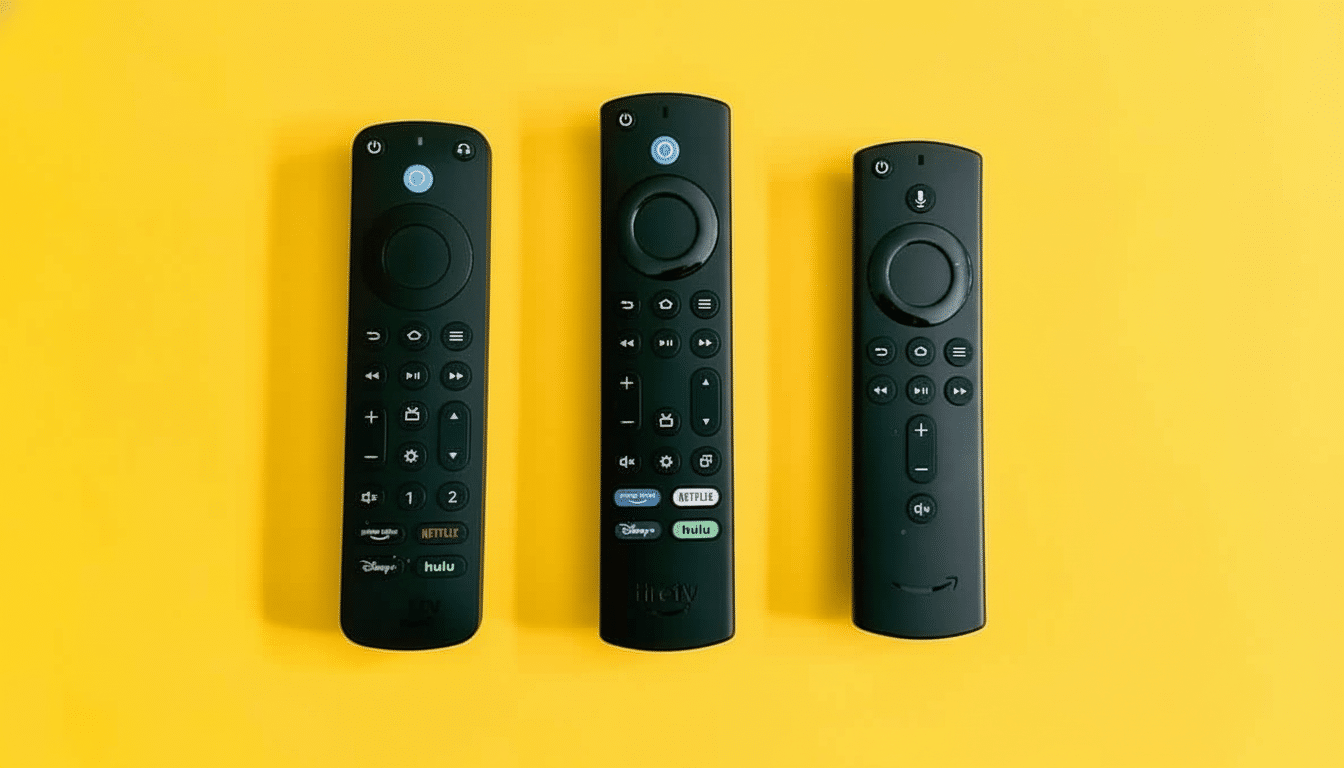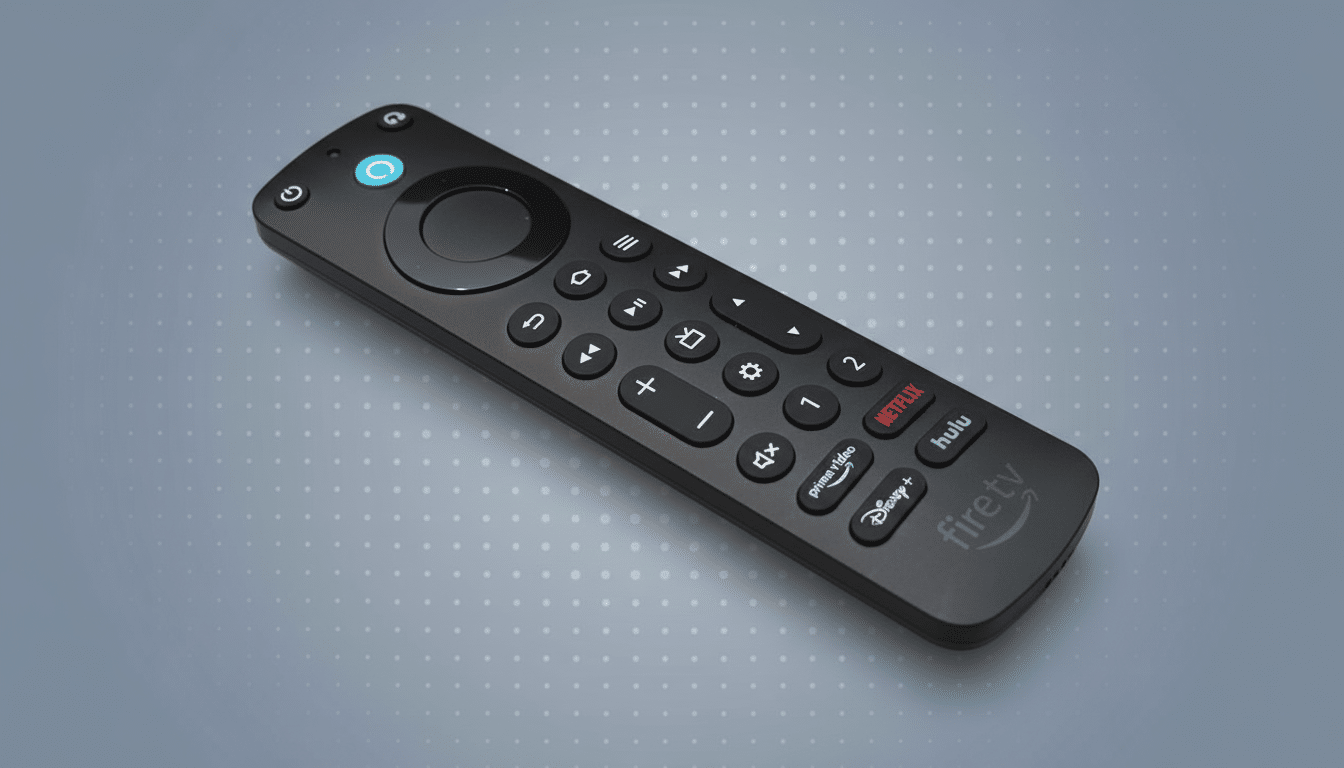The Amazon Fire TV remote makes more than just skipping commercials or switching to the next episode possible. Hidden behind a couple of long-press combinations are quick access panels, recovery tools and accessibility toggles that can save you time and resolve pesky issues without having to dive into menus. Considering that Amazon says it has sold well over 200 million Fire TV devices globally, the power-user tricks should be worth learning.
Here are 11 verified shortcuts for most Fire TV remotes and devices, such as common sticks and the newest Cube. Availability can depend on the model and Fire OS version, so make sure your software is up to date before testing these out.

Quick controls available anywhere on your Fire TV
- Quick restart: Press the Select button and Play/Pause button at the same time for about five seconds to restart your Fire TV device. We recommend this if an app freezes, audio becomes desynchronized and starts to drift out of sync, or the interface seems sluggish. It’s a soft reset, so you won’t lose apps and data.
- Troubleshoot blank screens or bad handshakes: Press and hold the Up and Rewind buttons together for five seconds to select a new display resolution. Get Fire TV to run through options (720p, 1080p, 4K available) until your screen stops flickering; press Select to lock in the one that was successful. This is incredibly useful after HDMI/HDCP gremlins and for when a TV waves the red flag: “unsupported format.”
- Launch the Quick Access panel: Long-press Home to pull up an overlay containing profiles, app shortcuts, Settings and Sleep. It surfaces on top of whatever you’re watching, allowing you to switch profiles, jump to Apps or put the device to sleep without exiting playback.
- Pair a replacement remote: Press and hold the Home button for about 10 seconds to enter pairing mode. There’s an on-screen toast when the new remote is paired. This is the quick way to regain control when your original remote goes missing or its batteries run out.
- Reset the remote itself: Hold Left on the navigation ring + Menu (the three-line button) + Back for 10 seconds. This resolves the connection state of the remote, letting you re-pair cleanly. Amazon has these instructions for troublesome pairing.
Developer And Troubleshooting Menus Are Hidden
- Developer Tools and system stats overlay: During gameplay, hold [Select] + [Down] for five seconds, release those buttons, then press [Menu] once. You’ll see the Developer Tools Menu and the “System X-Ray” overlay with live metric values — CPU/memory load, Wi‑Fi strength, bitrate, dropped frames and resolution. This combo is popular and recommended by Amazon’s own developer material, as well as for reference in the Fire TV enthusiasts’ community.
- Factory reset from the remote: Press and hold both the “Back” button and the “Right Navigation” button for around 10 seconds, which will then display a confirmation screen to reset. Only use this if you can’t access a bricked device via Settings, since this option kills your apps and logins.
- Speedy subtitles and tracks: When playing a video, you can tap the Menu button to go directly to Subtitles/Audio controls. It’s the fastest way to swap languages or turn on captions without leaving the stream.
Accessibility and usability shortcuts on Fire TV
- Enable or disable VoiceView: To switch on and off the screen reader, press and hold both axes of the 5-way navigation left back wheel (L1/L2) and press Menu for about two seconds. This workaround is provided by Amazon device support, and you can use it in case VoiceView was accidentally turned on or if VoiceView needs to be used by low-vision users.
- Toggle Screen Magnifier: Press and hold both the Back button and Fast Fwd (three lines) button for five seconds. When playback is in progress, Fast Forward/Rewind zooms in or out and the directional ring pans; Play/Pause returns to normal view. This is how you can rapidly read incredibly tiny UI text in some apps.
- Alexa Voice Remote Pro custom buttons: Press and hold the 1 or 2 button for five seconds to program one of a pair of shortcuts, then press without holding to trigger it. You can map an app, an HDMI input or even a routine on Alexa, the effect being that a single press becomes your own personal macro.
Real-world examples of wins from these shortcuts
If you get 4K drops to black during HDR handshakes, the resolution-cycling fix usually cycles right back to working mode within a few seconds.
Put simply, when you feel like Wi‑Fi is slow (surfing around or whatever), the System X-Ray overlay can tell you at a glance whether signal strength, bitrate, CPU load, etc., is the bottleneck, and then take action; feel confident in wiggling your stick, shuffling channels on your router or killing an errant app.

And for households with mixed needs, they just bring speed and dignity — you could turn VoiceView or Magnifier on when needed, off when it interferes, without any of the labyrinthine settings screens involved or a sighted human to help.
Before you try these tips on your Amazon Fire TV
The shortcuts you see may vary depending on the Fire OS version and your hardware. Make sure your device is up to date by going to Settings > My Fire TV (or Device and Software) > About > Check for System Update. These behaviors work the same (yet also somewhat differently) across generations, as documented in Amazon’s device support and accessibility guides, and spanning back years in community resources such as AFTVnews.
The most recent remotes — the Alexa Voice Remote (3rd Gen), the Alexa Voice Remote Lite and the Alexa Voice Remote Pro — have the broadest overall feature set. If you don’t have your physical remote on hand, the official Fire TV mobile app lets you pair an alternate device for navigation and retrieval of a new remote.

